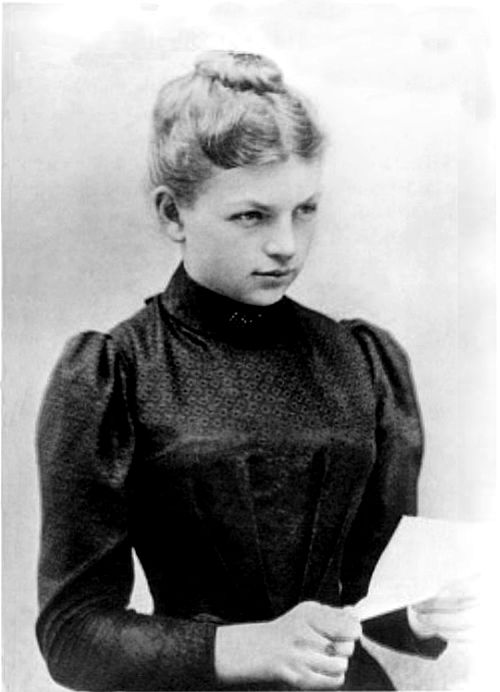The early 20th century witnessed an invisible revolution—one that unfolded not in hospital wards or battlefield clinics, but in a chemical laboratory in Karlsruhe. It began with a question that resonates deeply with every physician, public health worker, and clinical researcher: How do we save lives when the limits of nature have been reached?
The crisis was agricultural, but the stakes were human. The world’s population was growing rapidly, and natural sources of nitrogen—the critical nutrient that enables plants to grow and bodies to heal—were running out. Without it, famine loomed.Enter Fritz Haber, a German-Jewish chemist whose work would profoundly shape the modern world, including the fields of medicine and global health. In 1909, after years of experimentation, he discovered how to synthesize ammonia from atmospheric nitrogen and hydrogen using high pressure, heat, and an iron catalyst—a reaction now known as the Haber Process. His process, later scaled by Carl Bosch, enabled the mass production of synthetic fertilizers and explosives. In clinical terms, it was the equivalent of discovering a universal antibiotic for agricultural systems.
The impact on human health was extraordinary. The ability to grow more food meant better nutrition, fewer deaths from starvation, and stronger immune systems. It was a pharmacological intervention on a planetary scale, administered through soil rather than syringes. The World Health Organization’s estimates suggest that nearly half of the nitrogen in the human body today comes from synthetically fixed nitrogen—an echo of Haber’s chemical alchemy.

And yet, in medicine, we know that every treatment has a side effect.
Haber’s discovery did not remain confined to the peaceful domain of agriculture. When World War I broke out, and Germany’s access to natural nitrates for explosives was cut off, the Haber Process became the backbone of the German war effort. Worse still, Haber personally oversaw the militarization of chemistry: he developed and deployed chlorine gas on the front lines at Ypres in 1915, marking the birth of large-scale chemical warfare.
His wife, Dr. Clara Immerwahr, a chemist in her own right and a rare woman of scientific standing in that era, was appalled. She saw in Haber’s work a violation of the basic oath that medicine and science share: to preserve life. She begged him to abandon his research into chemical weapons. He refused. Days after his return from Ypres, Clara took his military pistol and shot herself in the chest in their garden. Their teenage son found her body. Haber left for the Eastern Front the next morning.
This tragedy—half domestic, half political—marks a fracture in the history of treatment itself. What is the responsibility of the scientist when discovery becomes weapon? What are the limits of utilitarianism when the tools of health and harm share the same formula?
The question haunts us still.
Nitrogen chemistry, refined in Haber’s time, forms the backbone of countless medical compounds today: from nitroglycerin used in angina, to nitric oxide in respiratory therapy, to the nitrogen-rich backbones of antibiotics and anesthetics. The very ammonium salts and nitrate derivatives in modern pharmacopeia trace back to the same fundamental chemistry. In toxicology, in dialysis, in immunology—nitrogen runs through our work.
But so does the moral complexity. The same Haber-Bosch process that feeds the world also contributes to environmental damage, eutrophication, and climate-linked health crises. The same line of chemical research that led to lifesaving advances also led, eventually, to Zyklon B, the pesticide used in the Nazi gas chambers—though Haber, forced into exile by the Nazis as a Jew, died before this final, horrifying application of his science.
In the end, the story of nitrogen is not just one of invention, but of a profound ethical disquiet. Clara Immerwahr, both chemist and witness, stood at the threshold between science and conscience. Her death remains a stark counterpoint to the triumph of the Haber process—a silent protest against the transformation of knowledge into instruments of war. For medicine and science, her life and loss pose an enduring question: when the means to preserve life can also be turned toward its destruction, what governs the direction of discovery? Clara’s moral clarity, long overshadowed, now stands as a vital reminder that the legacy of treatment must be measured not only in outcomes, but in the integrity of purpose.
- Charles, Daniel. Master Mind: The Rise and Fall of Fritz Haber, the Nobel Laureate Who Launched the Age of Chemical Warfare. Harper, 2005.
- – A well-researched biography exploring Haber’s scientific achievements and moral ambiguities, with strong focus on his personal life and Clara Immerwahr.
- Stoltzenberg, Dietrich. Fritz Haber: Chemist, Nobel Laureate, German, Jew. Chemical Heritage Foundation, 2004.
– A detailed and balanced account of Haber’s life and legacy, including his role in agriculture and warfare. - Wöbcke, Thomas. “Clara Immerwahr: Life, Work and Legacy.” European Women in Chemistry, Wiley-VCH, 2011.
– A historical reconstruction of Clara’s life, contributions to chemistry, and her ethical opposition to chemical warfare. - Hartcup, Guy. The Effect of Science on the Second World War. Macmillan, 2000.
– Contextualizes the long-term effects of Haber’s discoveries on warfare and civilian life, including the use of Zyklon B.
